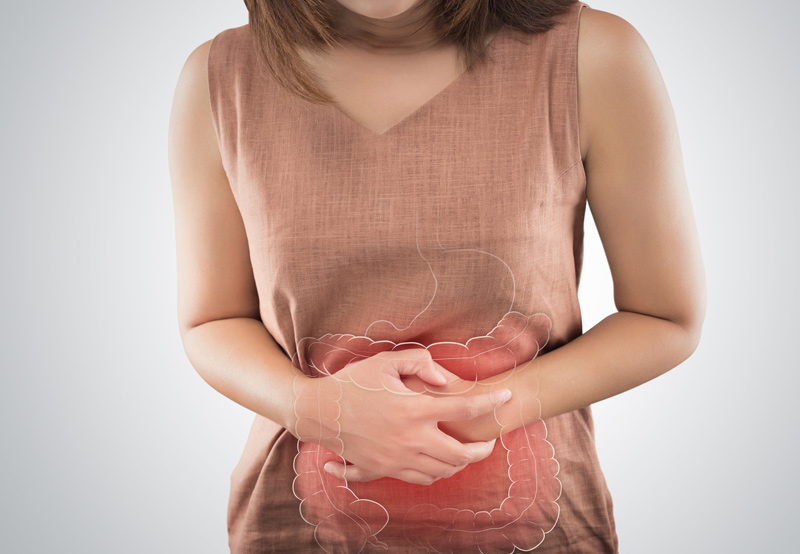

A fistula is an abnormal connection between two organs or vessels. A fistula can form between an intestine and the skin, between the vagina and the rectum, and in the urinary tract.
Symptoms of Fistulas
Patients with a fistula may experience the following symptoms:
- Vomiting
- Nausea
- Diarrhea
- Urine leakage from the vagina
- Frequent UTIs
- Recurrent vaginal infections
- Irritation in the external female genital organs
- Leakages of gas and/or feces into the vagina
- Abdominal pain
- Fluid drainage from the vagina
- Pain during sexual intercourse
- Irritation or pain in the vagina, vulva, and the perineum
- Foul-smelling vaginal discharge

Types of Fistulas
A urinary tract fistula is an abnormal connection between a urinary tract organ and another organ. A few types of urinary tract fistulas include:
- Vesicouterine fistula occurs between the uterus and bladder
- Vesicovaginal fistula is a hole between the vagina and the bladder
- Urethrovaginal fistula is between the vagina and urethra
Anal fistulas connect the surface of the anal canal and the perianal skin. A rectovaginal fistula occurs when a hole forms between the rectum and the vagina.
Vesicovaginal Fistula
A vesicovaginal fistula may be caused by:
- Infection
- Injury
- Inflammation
- Gynecological cancer
- Radiation therapy or surgery to treat cancer
- Recurrent urinary tract infections (UTIs)
Rectovaginal Fistula
A rectovaginal fistula may be caused by:
- Injury during childbirth
- Crohn’s disease or other inflammatory bowel disease
- Complication after pelvic surgery
- Infections in the anus or rectom
- Infections of diverticulitis
- Long-term inflammation of the colon and rectum
- Fecal impaction
- Vaginal injury unrelated to childbirth
- Radiation treatment or pelvic cancer
Left untreated, a rectovaginal fistula may lead to:
- Fistula recurrence
- Hygiene problems
- Recurrent vaginal or urinary tract infections
- Infected fistula that forms an abscess
- Irritation or inflammation of the perineum, vagina, or skin around the anus
- Fecal incontinence
Diagnosing Fistulas
Most vesicovaginal fistulas form after surgery and cause urinary leakage. The first step in the diagnosis process is to conduct a physical exam and order imaging tests, such as an X-ray of the pelvis or a computed tomography (CT) scan to highlight the tissues and identify the source of the problem. A cystoscopy may also be done to evaluate the bladder.
A rectovaginal fistula may be diagnosed with the following tests:
- Contrast test, such as a vaginogram or a barium enema
- Blue dye test
- CT scan
- MRI
- Anorectal ultrasound
- Anorectal manometry
- Other tests, such as a colonoscopy or biopsy
Treatment Options For Fistulas
Depending on the type of fistula, non-invasive treatment options may include:
- Fibrin glue, a medicinal adhesive used to seal the fistula.
- Plug, or a collagen matrix used to fill the fistula
- Catheter to drain small fistulas
Surgical treatment for fistulas include:
- Transabdominal surgery to access the fistula through an abdominal wall incision
- Laparoscopic surgery to repair the fistula with cameras and small tools inserted through a small incision
Vesicovaginal fistulas can only be addressed with surgery to close the opening. In some cases, patients may need additional procedures to address the underlying cause of the problem, such as damage to the bladder.
A rectovaginal fistula may be treated with medication, such as antibiotics to address an infection and infliximab to reduce inflammation. Surgical options include:
- Sewing a patch of biologic tissue or anal fistula plug into the fistula
- Applying a tissue graft or folding a flap of healthy tissue over the fistula opening
- Repairing the anal sphincter muscles
